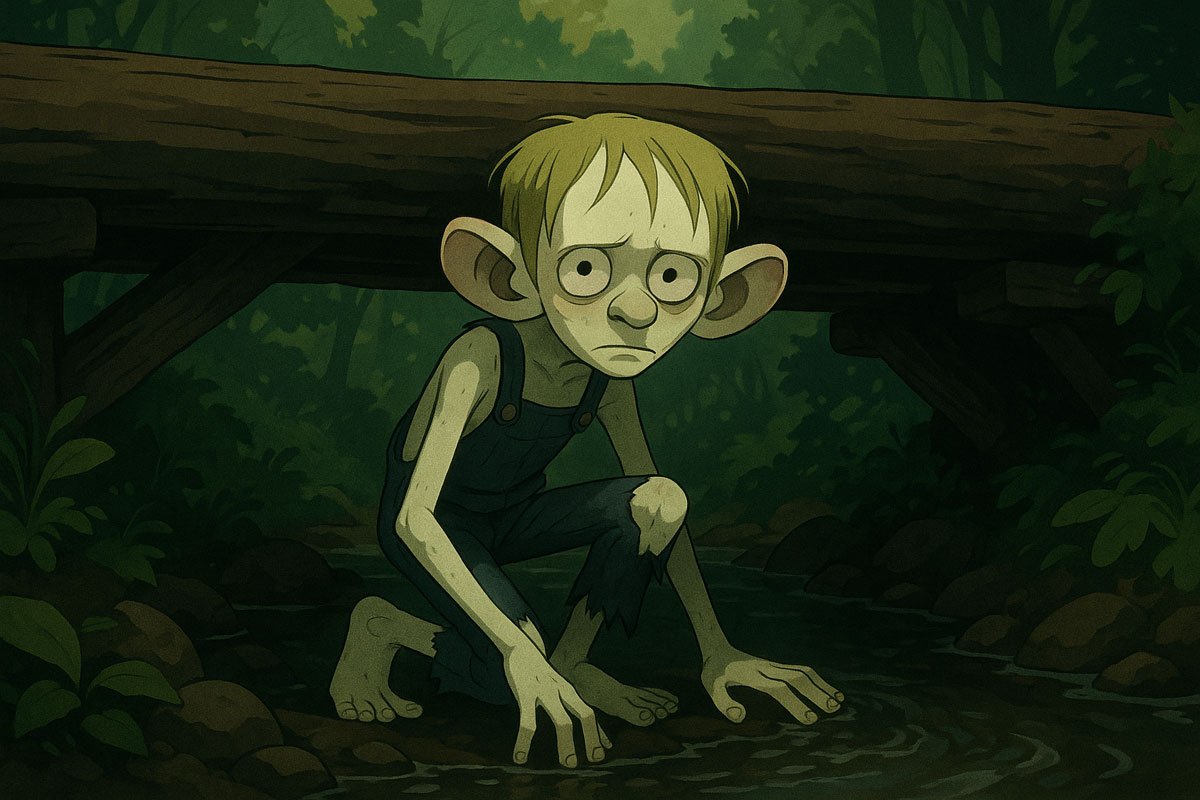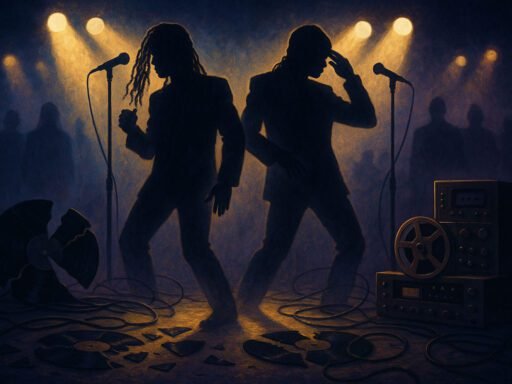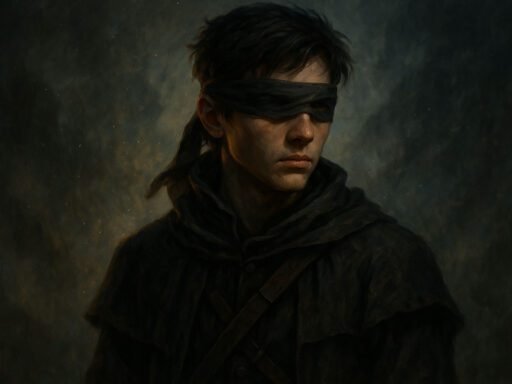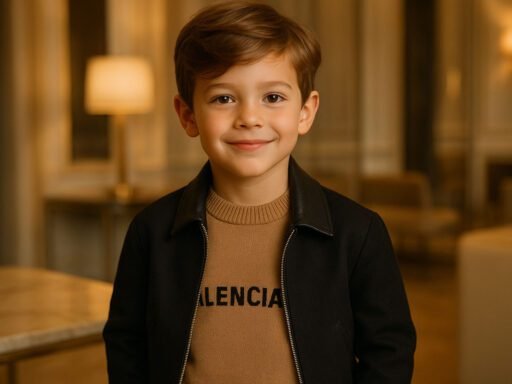Who is Roger Diddlecock?
The name Roger Diddlecock might sound like complete nonsense at first glance. Yet this bizarre moniker has somehow captured the imagination of thousands across social media platforms, particularly TikTok.
What started as a quirky character from Cartoon Network’s “Craig of the Creek” has morphed into something much larger. Roger Diddlecock represents a fascinating collision between children’s animation and internet meme culture.
The character’s journey from a lonely bridge-dwelling kid to viral sensation tells us something important about how modern audiences engage with media. People don’t just watch shows anymore – they remix, reimagine, and transform characters in ways creators never anticipated.
The Origins of Roger in Craig of the Creek
Back in 2019, viewers first encountered Roger in an episode called “The Shortcut.” The character immediately stood out, not just for his unusual appearance, but for his strange behavior.
Roger positions himself as a bridge troll – yes, like something out of a fairy tale. He demands that anyone wanting to cross his log bridge must first answer a riddle. Matt Burnett, one of the show’s creators, provides Roger’s voice, giving the character a distinctive nasal quality that perfectly matches his odd personality.
What makes Roger particularly memorable isn’t just his troll act. It’s the way he commits to the role with such earnestness, despite being just another kid at the creek.
Character Design and Appearance
Roger’s look is deliberately unsettling. The animators made some bold choices that set him apart from every other kid in the show.
He’s got this pale, almost ghostly complexion that immediately catches your eye. His hair hangs in greasy strands, somewhere between blonde and green – the kind of color you’d get if you never washed it. Those oversized ears stick out like satellite dishes, and his limbs stretch unnaturally long and thin.
The torn overalls complete the picture of a kid who either can’t or won’t take care of himself. Some fans have pointed out similarities to Gollum from Lord of the Rings, though whether that’s intentional remains unclear.
What’s striking is how the design team used these visual cues to immediately communicate something about Roger’s circumstances without saying a word.
Personality Traits and Behavioral Patterns
Roger’s personality quirks run deep, and they’re not always pleasant to witness. His riddle obsession borders on compulsive – he carries around this battered book filled with variations of the same joke: “What’s black and white and re(a)d all over?”
The problem is, Roger has 101 different answers to this riddle, making it impossible for anyone to guess correctly. It’s almost like he’s set up a system designed to fail, which says something troubling about his mindset.
His hygiene habits are genuinely concerning. Roger drinks water straight from the creek, uses his mouth to filter cereal from milk, and once tried to trade his fingernails to another kid. These aren’t just gross-out gags – they suggest someone who’s never learned basic self-care.
Yet Roger isn’t entirely unsympathetic. He shows genuine politeness to most people, even when they’re clearly uncomfortable around him. There’s that memorable moment when he saves Craig from hypothermia, proving he’s capable of real kindness when it matters.
Psychological Analysis and Fan Theories
The Craig of the Creek fanbase has developed some pretty heavy theories about Roger’s background. Many believe his strange behavior points to serious neglect at home.
Think about it: Roger spends all his time at the creek, seems to have no adult supervision, and displays behaviors consistent with a child who’s had to fend for himself. His poor hygiene and social skills could indicate he’s not getting proper care or guidance.
Some fans have noticed details that support this theory. In his first episode, there are personal belongings scattered under his bridge – a jacket, boots, books – suggesting he might actually be living there, at least part-time.
The show’s creators have stayed quiet on these theories, which only fuels more speculation. This ambiguity has transformed Roger from a simple comic relief character into something much more complex and tragic.
From Animation to Internet Meme
Here’s where things get weird. Somehow, Roger evolved into “Roger Diddlecock” – a name that sounds like it was invented by a twelve-year-old with a particularly juvenile sense of humor.
The transformation happened gradually across various social media platforms, but TikTok is where Roger Diddlecock really took off. Users began creating content around this absurd name, often combining it with completely unrelated topics.
The strangest development might be the connection to NBA 2K. Gamers started creating custom players named Roger Diddlecock, complete with bizarre stats and appearances. These virtual Rogers began showing up in online matches, confusing and amusing other players.
It’s a perfect example of how internet culture works – take something innocent, add a ridiculous twist, and watch it spread in directions nobody could have predicted. Roger Diddlecock exists in this weird space between children’s television and adult gaming culture.
Cultural Impact and Legacy
Roger’s story reflects something bigger happening in children’s animation. Shows like Craig of the Creek aren’t afraid to include characters who don’t fit neat categories – kids who might be dealing with real problems that don’t get resolved in twenty-two minutes.
The Roger Diddlecock phenomenon shows how audiences engage with media differently now. Fans don’t just consume content passively; they actively reshape it, creating new meanings and contexts that the original creators never intended.
This participatory culture has given Roger a second life that’s completely separate from his role in the show. Whether that’s good or bad depends on your perspective, but it’s undeniably fascinating.
Roger represents the complexity of modern childhood – messy, sometimes uncomfortable, but ultimately human. His journey from animated character to internet meme to cultural touchstone proves that even the smallest roles can have unexpected staying power when they tap into something real.






